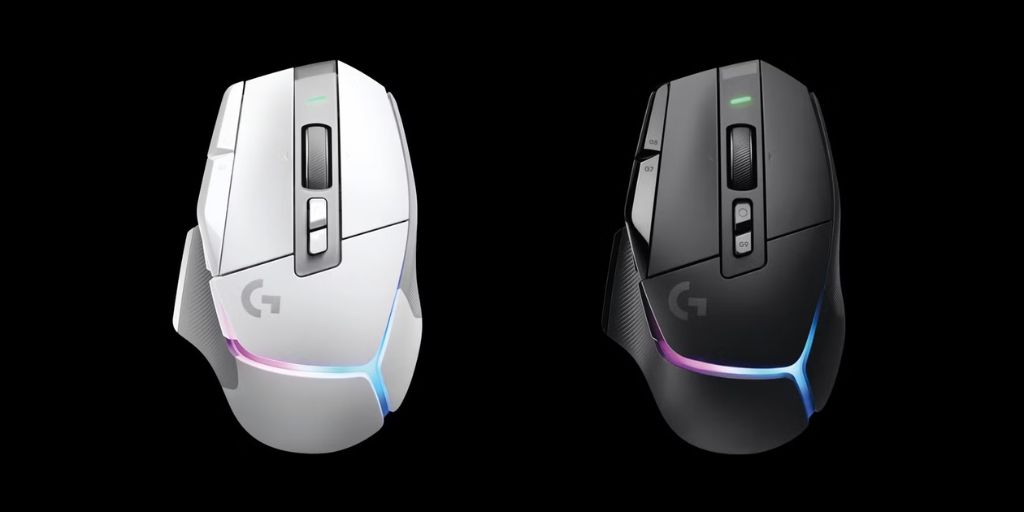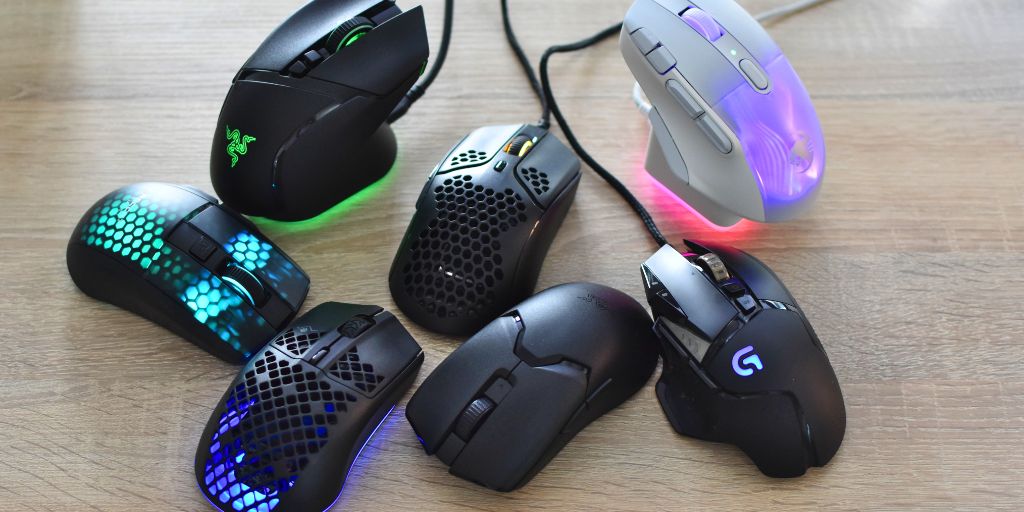A gaming mouse is more than just a point-and-click tool; it’s an essential piece of gear that can make or break your gaming experience.
Whether you’re into first-person shooters, strategy games, or MMORPGs, the right mouse can enhance your precision, speed, and comfort. But with so many models and features on the market, how do you choose the best one? Here’s a detailed guide on what to look for when buying a gaming mouse.
1. Sensor Type: Optical vs. Laser
The sensor is the heart of any gaming mouse. There are two primary types:
-
Optical Sensors: These use LED light to detect movement. They tend to perform better on cloth mousepads and are praised for accurate tracking.
-
Laser Sensors: These use a laser beam and can work on a wider variety of surfaces, including glossy or reflective ones. However, some gamers find they introduce slight acceleration, which can affect precision.
For most gamers, an optical sensor is the preferred choice because of its consistency and accuracy, especially for fast-paced games.
2. DPI and Sensitivity
DPI (dots per inch) measures how sensitive the mouse is. Higher DPI means the cursor moves further with less physical movement of the mouse. Gaming mice often boast DPIs ranging from 200 to over 20,000.
While high DPI settings might sound impressive, most professional gamers play between 400 and 1,600 DPI for better control. Look for a mouse with adjustable DPI settings so you can fine-tune sensitivity based on your preference and the game you’re playing.
3. Polling Rate
Polling rate is how often the mouse reports its position to your computer, measured in Hz. A higher polling rate (typically 500Hz to 1,000Hz) means smoother and more responsive movement. Most gaming mice offer high polling rates, but it’s worth checking if you’re aiming for the best performance.
4. Ergonomics and Comfort
Comfort is crucial for long gaming sessions. Gaming mice come in various shapes and sizes to fit different hand sizes and grip styles:
-
Palm Grip: Your entire hand rests on the mouse. Look for a larger, contoured mouse.
-
Claw Grip: Your palm rests lightly while your fingers arch over the buttons. Mid-sized mice work well here.
-
Fingertip Grip: Only your fingertips touch the mouse. A smaller, lightweight mouse is ideal.
It’s best to try out different shapes if possible or read reviews that mention comfort for your grip style.
5. Weight and Customization
Some gamers prefer lightweight mice for quick flick shots, while others like heavier models for more controlled movements. Many gaming mice now offer adjustable weights so you can fine-tune the heft to your liking.
Weight can significantly impact your in-game performance, so think about whether you want a mouse that’s feather-light (under 80g), medium, or heavy, and whether customization is important.
6. Build Quality and Durability
Gaming mice endure a lot of wear and tear, especially if you’re a frequent player. Look for mice made with high-quality materials and rated for millions of clicks (many now boast 20 million or more). Check reviews for reports of issues like double-clicking problems or worn-out buttons after minimal use.
Braided cables (if not wireless) and sturdy switches also contribute to long-term durability.
7. Programmable Buttons
Extra buttons can be a game-changer, especially in genres like MMOs or MOBAs where quick access to abilities is vital. Some mice feature two side buttons, while others offer 12 or more.
Consider how many buttons you need and whether they’re easily accessible and customizable. Most gaming mice come with software that lets you remap buttons, create macros, and save profiles for different games.
8. Software and Customization
Good software enhances a gaming mouse’s functionality. Features to look for include:
-
DPI adjustments
-
Polling rate tweaks
-
Button remapping
-
Macro creation
-
RGB lighting controls
-
Profile saving (sometimes stored on the mouse itself)
Ensure the software is user-friendly and compatible with your system. It’s also worth reading reviews to see if the software is stable and regularly updated.
9. Wired vs. Wireless
Wireless mice used to be avoided by competitive gamers because of latency concerns, but recent advancements have closed the gap. High-end wireless gaming mice now offer near-zero lag performance and excellent battery life.

Pros of wireless:
-
Freedom of movement
-
Cleaner desk setup
Cons:
-
Battery management
-
Higher cost
If you go wireless, look for a model with solid reviews for connectivity and latency. Wired mice are still a top choice for reliability and zero maintenance.
10. RGB Lighting
RGB lighting doesn’t improve performance, but it’s a popular feature among gamers for personalization and aesthetics. Many gaming mice offer customizable RGB zones with effects that can sync with other gaming gear. If lighting is important to you, check what options are available and whether they can be turned off when needed.
11. Price and Warranty
Gaming mice vary widely in price—from budget models around $30 to premium ones exceeding $150. Determine your budget and weigh it against the features that matter most to you. Sometimes, mid-range mice offer excellent value without sacrificing key performance aspects.
Also, consider the warranty. A longer warranty (typically one to two years) shows the manufacturer’s confidence in their product.
Conclusion
Choosing the right gaming mouse is a balance between performance, comfort, and personal preference. By focusing on key features like sensor type, DPI range, ergonomics, durability, and customization, you can find a mouse that not only enhances your gaming performance but also feels great to use.
Whether you’re a casual gamer or a competitive esports player, investing time in selecting the right gaming mouse will pay off in both comfort and results.



